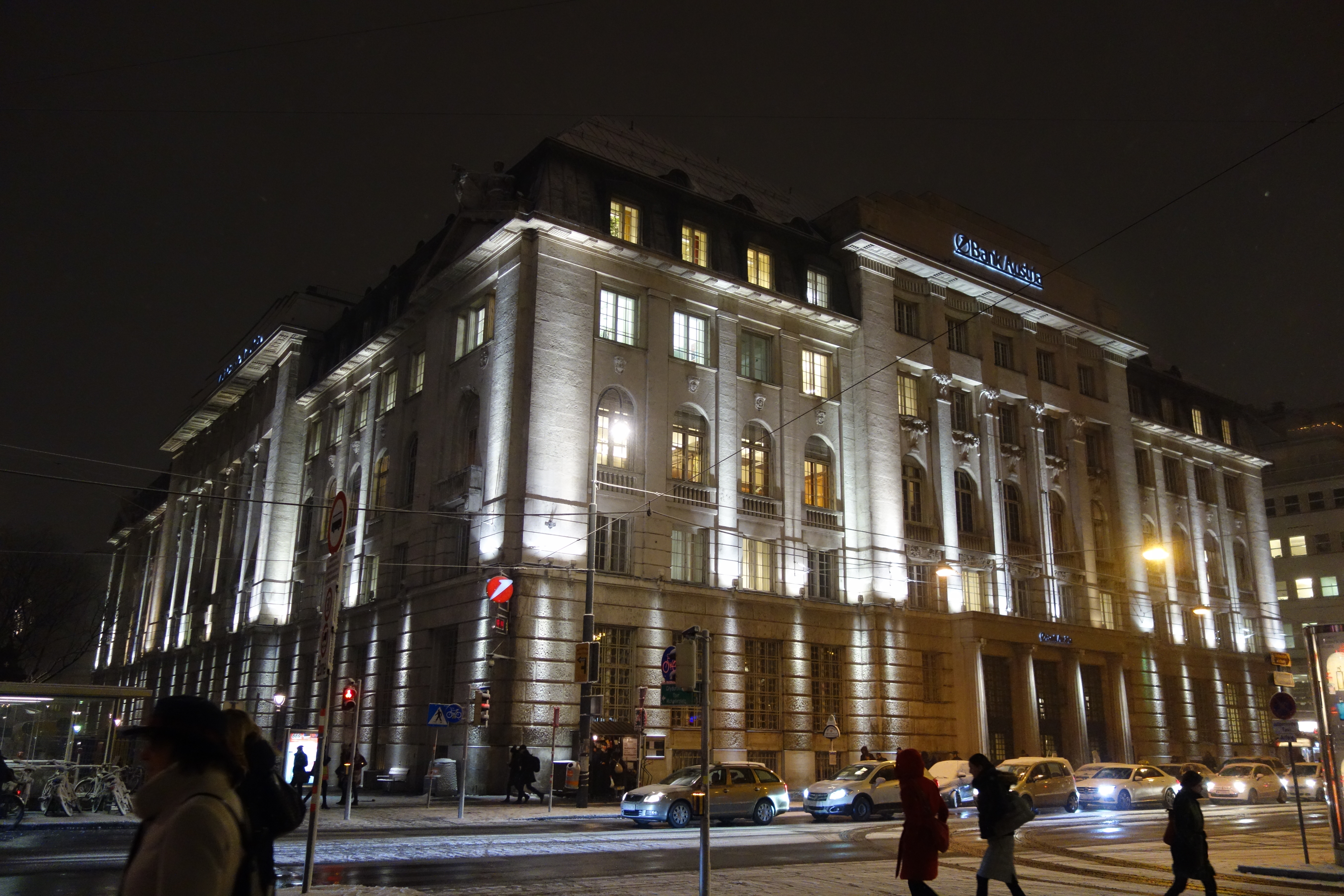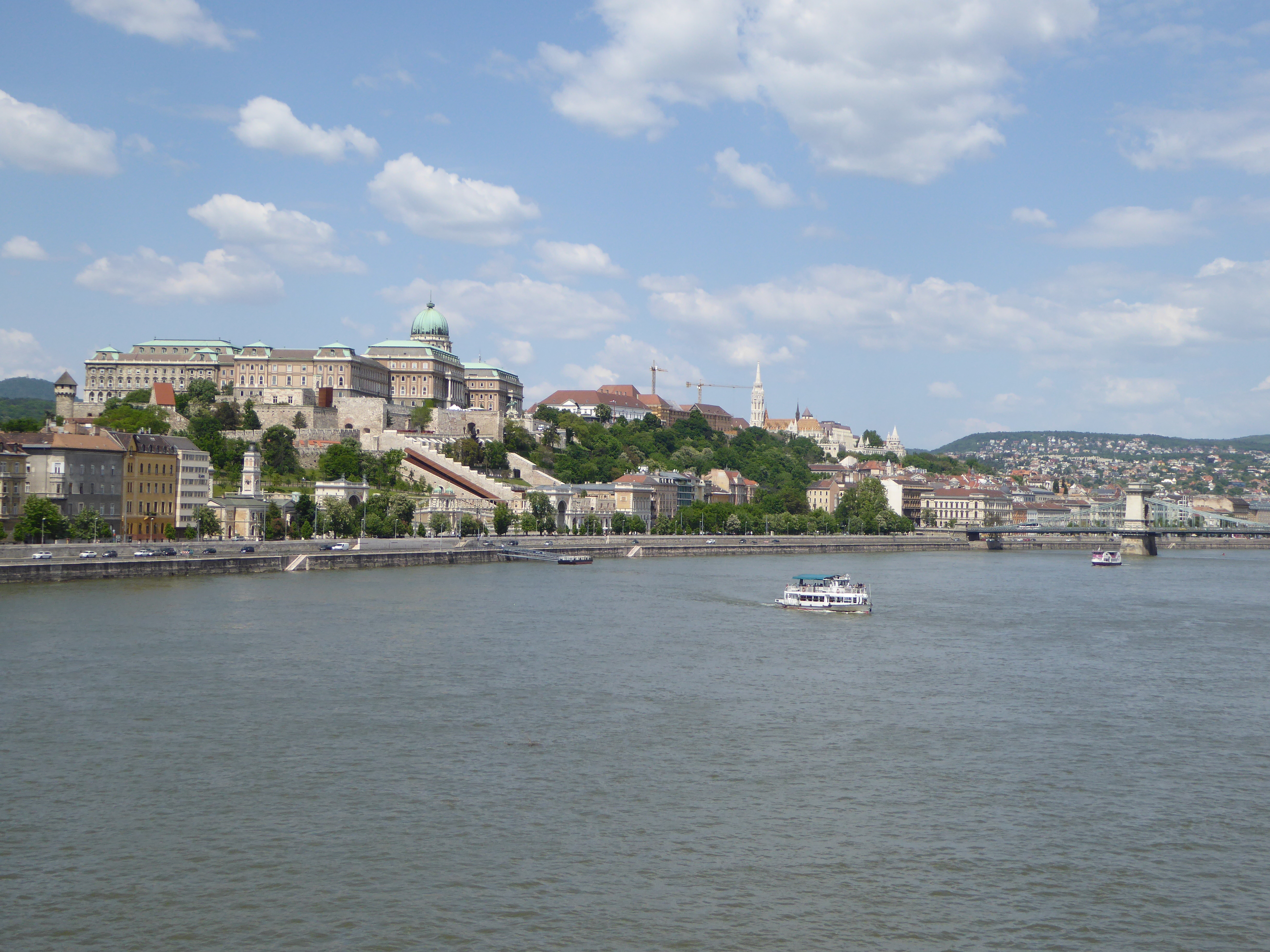INDUSTRIAL FINANCE

Former Austrian Lloyd building (on the right in front), shipping company founded 1833 in Trieste by seven insurance companies, among them “Assicurazioni Generali”, Austrian Generali insurance, founded by Joseph Morpurgo 1831 in Trieste (on the left in the back). Piazza Unità d’Italia, Trieste (Italy)
The importance of the Austro-Hungarian banks in providing short-and long-term credit to industries has to be emphasised in contrast to the registrations of the stock exchange in the empire. In 1912 the share of foreign bonds in total registered securities was 48 per cent on the London Stock Exchange, 55 per cent in Paris, 5.6 per cent in Berlin and 0.7 per cent in Vienna. In Vienna the share of foreign bonds had not changed much since the 1890s. But after 1909 the Austro-Hungarian Empire was not only a capital importer, but owing to the leading banking groups it could also cover the deficit partly by re-exporting foreign bonds.
In the case of a country of such agricultural importance as the Austro-Hungarian Empire the turnover of mortgage bonds is of greatest importance. Neither bank loans nor the foreign placement of mortgage bonds took a dominant role in providing especially the Hungarian agriculture with credit. By the turn of the century the supply of agriculture with long-term credits seemed to have settled.…




